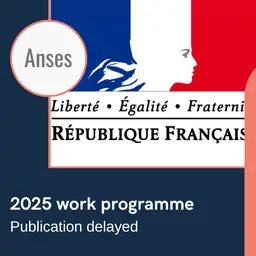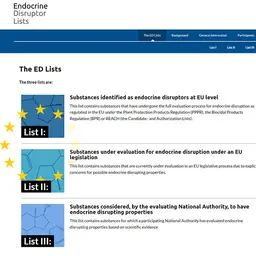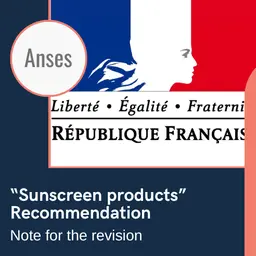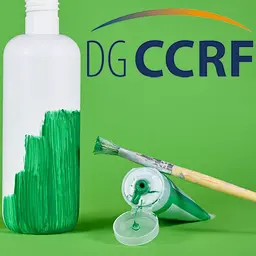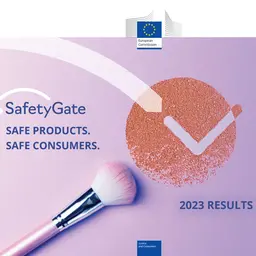
In an article published on 31 August 2012 in the Journal of Chromatography A, a procedure of analysis has been presented, based on works performed in the ANSM laboratories, in order to detect and quantify 12 phthalates, in which eight are banned for use in cosmetics. This new approach, which combines gas chromatography and detection by mass spectrometry, may become the future European method, and may be extrapolated to chick for phthalates in other health products.
The ANSM press release
Phthalates are chemicals widely used in different sectors within the industry. Their main use is as synthetic plasticizers blended with vinyl polychloride (PVC) to make it supple, resilient and easy to work. Phthalates may make up to 50% of the PVC mass, which is very often found in daily-used plastic products, such as containers, toys or food packaging, and also in medical devices, such as the intravenous lines.
Phthalates are not chemically linked to plastics; therefore, they may be released. The phthalates family is especially large. Among them, eight are considered as harmful to health, due to their toxicity to reproduction. The effects on animals are a lower fertility, testicular atrophy, fetal mortality, congenital malformations. These eight phthalates are banned for use in cosmetics (Regulation 1223/2009.) A proposal of restriction for use to lower human exposure to four of these phthalates (DEHP, DBP, BBP and DBPI) is currently under evaluation by the European Agency of Chemical Products (Echa).
The ANSM laboratories have developed an analysis method that allows for the detecting and the measuring of twelve phthalates, including the eight prohibited ones. This is the first method able to detect all these prohibited chemicals at the …

